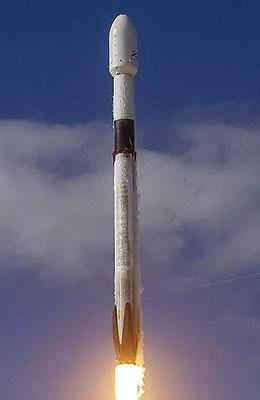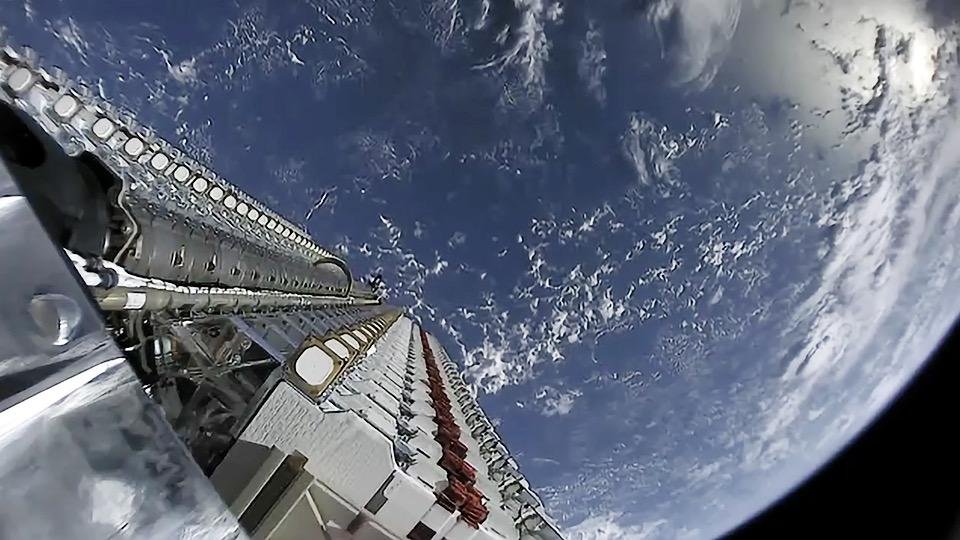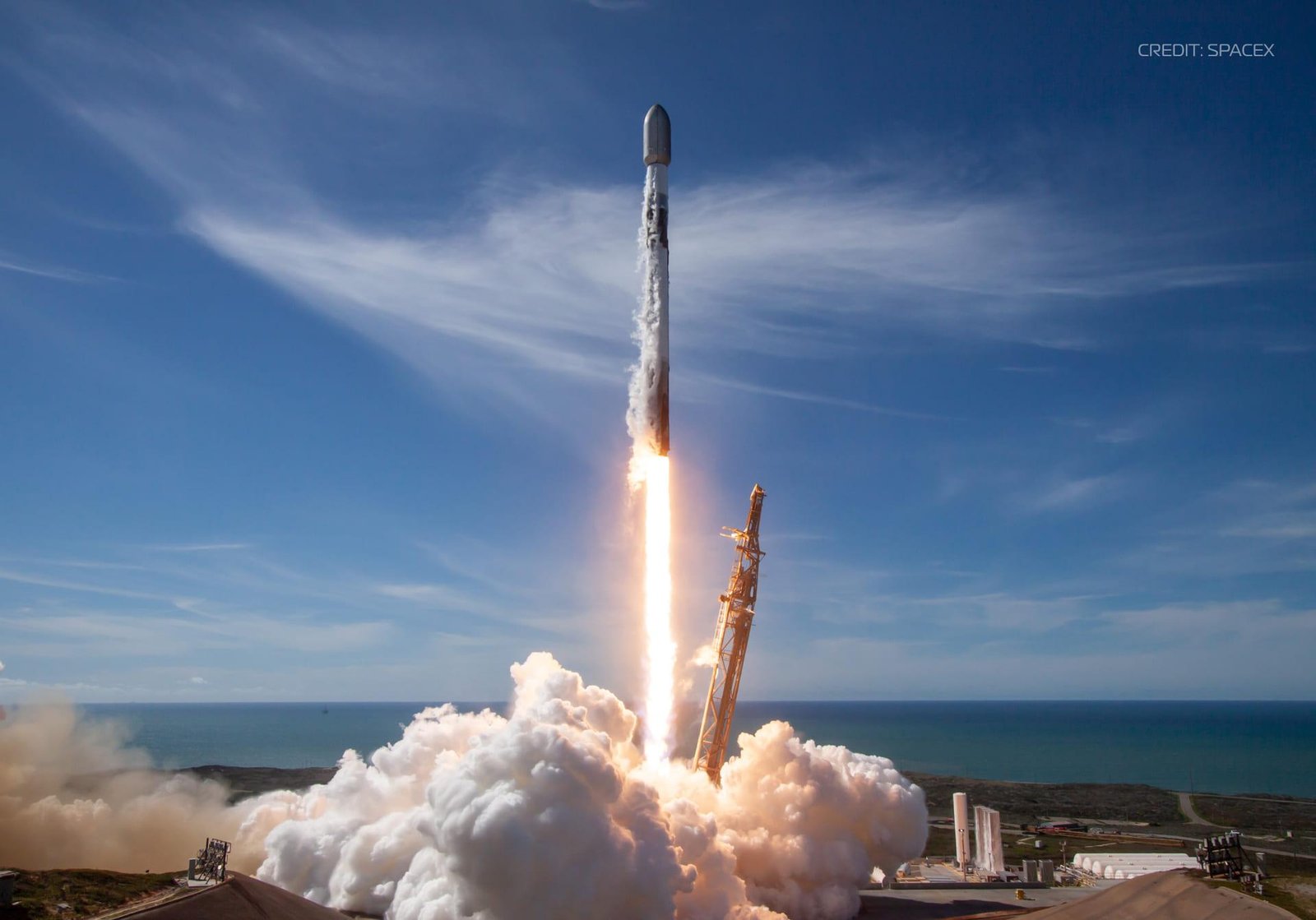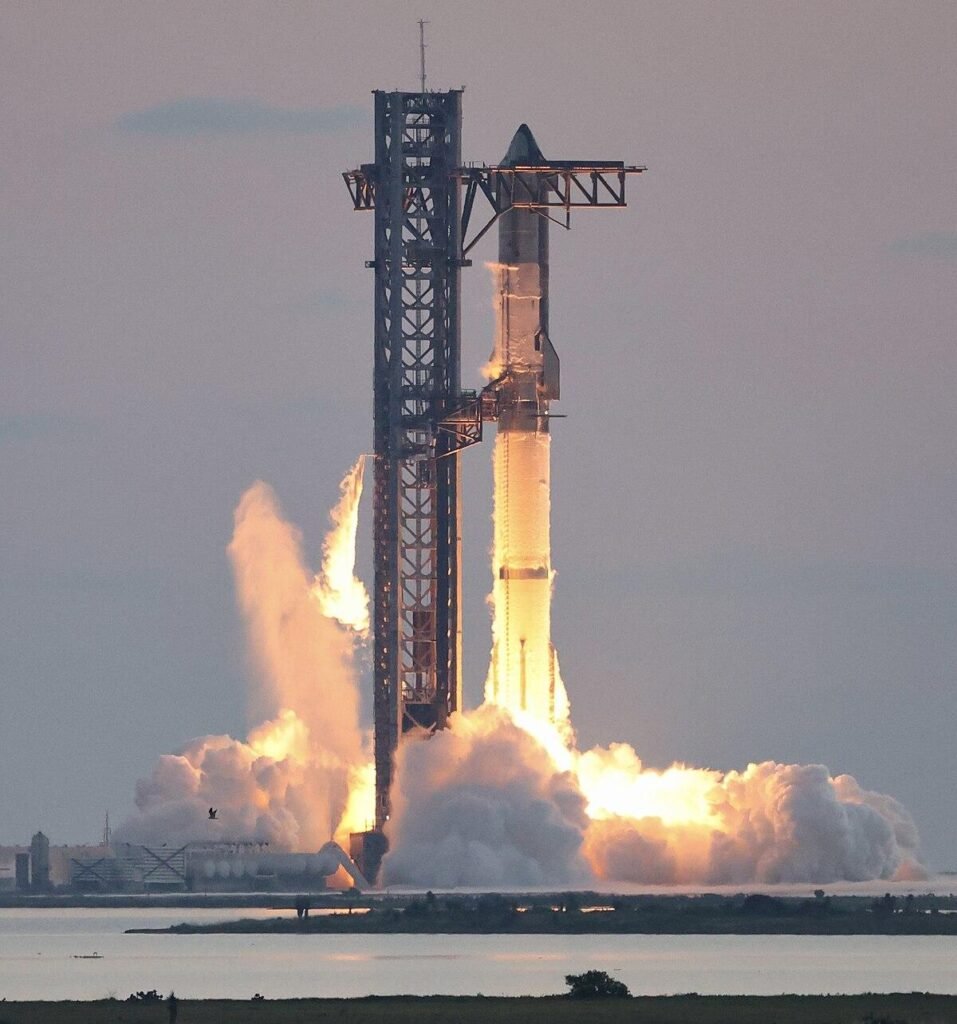As the sun rises over Cape Canaveral, the countdown begins for a mission that underscores humanity’s relentless quest to connect the globe. On Wednesday, SpaceX is poised to launch its Falcon 9 rocket, carrying a fresh batch of Starlink satellites into the vast expanse of space. This launch represents more than just another tick on the schedule; it embodies a significant step toward bridging the digital divide, enabling access to high-speed internet for communities around the world. As anticipation builds and the launch pad prepares for action, we delve into the details of this remarkable event and explore the implications it holds for the future of connectivity in an increasingly interconnected universe.
Falcon 9 Rocket Launch Overview and Mission Objectives
SpaceX’s Falcon 9 rocket is poised for a remarkable launch from Cape Canaveral, carrying a batch of Starlink satellites that will expand the global broadband network. This mission, a pivotal part of SpaceX’s ongoing commitment to ensuring accessible internet service across remote and underserved areas, underscores the company’s role in revolutionizing connectivity. The launch window is anticipated to open on Wednesday, promising an exhilarating display of engineering excellence as the Falcon 9 ascends into the sky.
The primary objectives of this mission are to:
- Deploy Starlink Satellites: Successfully place the satellites into their designated orbits to enhance coverage and service.
- Test New Technology: Evaluate advancements in satellite communication technology for future missions.
- Support Expeditionary Goals: Further the global expansion of SpaceX’s Starlink internet service.
In preparation for the launch, the ground teams have meticulously coordinated various pre-launch activities, ensuring that all systems are primed for a flawless countdown. Below is a summary of key mission specifics:
| Mission | Date | Rocket Version | Launch Site |
|---|---|---|---|
| Starlink Deployment | Wednesday, [Date] | Falcon 9 Block 5 | Cape Canaveral Space Force Station |

Significance of Starlink Satellites in Global Connectivity
The advent of Starlink satellites is reshaping the landscape of global connectivity, offering unprecedented opportunities for both urban and rural communities. By deploying a constellation of low Earth orbit (LEO) satellites, SpaceX is targeting regions where traditional internet infrastructure has been slow to evolve or is altogether nonexistent. This innovation promises to bridge the digital divide, connecting underserved populations to essential online services, promoting economic development, and fostering educational access.
Moreover, the technology behind Starlink enables low-latency communication, which is essential not just for regular internet usage but also for critical applications in telemedicine, remote work, and emergency services. The impact of this global service is evident in several arenas:
- Enhanced Communication: Reliable internet access improves connectivity between individuals, businesses, and governments.
- Economic Growth: By providing businesses with digital tools, Starlink accelerates economic opportunities in previously isolated areas.
- Innovation Catalyst: The availability of robust internet connections fosters innovation and attracts tech businesses to new regions.
| Benefit | Description |
|---|---|
| Accessibility | Brings internet access to remote communities. |
| Flexibility | Services can be adjusted based on local demand. |
| Resilience | Reduces reliance on ground-based infrastructure prone to failures. |

Cape Canaveral: A Hub for Space Exploration and Innovation
Cape Canaveral stands as a beacon of technological advancement and exploration, drawing in innovators and dreamers from across the globe. Home to NASA’s Kennedy Space Center as well as SpaceX’s launch facilities, it has become the cradle for humankind’s ongoing quest into the cosmos. The area’s unique geography, with its expansive coastal backdrop, provides ideal launch conditions, ensuring that every mission finds its wings under the watchful eye of both enthusiasts and professionals alike. Key highlights include:
- Robust Infrastructure: Modern launch pads equipped with cutting-edge technology.
- Collaborative Ecosystem: Partnerships between governmental and private entities.
- Consistent Launch Schedule: Frequent missions keep excitement alive among the public and investors.
The upcoming launch of the Falcon 9 rocket is a testament to this thriving environment of innovation. The mission, set to deploy Starlink satellites into orbit, underscores not only the technological advancements in satellite communication but also the potential for global connectivity. Such launches contribute significantly to the burgeoning space economy, and Cape Canaveral remains at its forefront, facilitating new technologies that redefine how we interact with our world. Below is a table highlighting key aspects of the Falcon 9 mission:
| Feature | Details |
|---|---|
| Launch Date | Wednesday |
| Rocket | Falcon 9 |
| Mission Type | Satellite Deployment |
| Payload | Starlink Satellites |

What to Expect During the Launch and Viewing Tips for Spectators
As the countdown to the launch of the Falcon 9 rocket approaches, spectators can expect an exhilarating experience filled with sights and sounds that will leave a lasting impression. The launch is projected to occur during the early evening hours, when the sky will be illuminated not only by the rocket’s fiery ascent but also by the setting sun. Arriving on-site, participants can take in the festive atmosphere, with food trucks offering snacks and beverages, and various activities designed to engage the space-loving community. Remember to dress comfortably and check the weather, as conditions can be unpredictable on launch days.
To maximize your viewing experience, here are some essential tips for spectators:
- Arrive Early: The best viewing spots tend to fill up quickly, so plan to arrive at least a couple of hours in advance.
- Use Binoculars or a Telescope: While many will enjoy the sight from afar, binoculars or a telescope can provide a closer look at the launch details.
- Stay Informed: Follow real-time updates via social media or dedicated space apps to stay aware of any last-minute changes in schedule.
- Share the Moment: Document your experience! Capture photos and videos not just for yourself, but to share with fellow space enthusiasts.
Here’s a quick guide detailing key launch information:
| Launch Date | Vehicle | Mission |
|---|---|---|
| Wednesday | Falcon 9 | Starlink Deployment |
Q&A
Q&A: SpaceX Set to Launch Falcon 9 Rocket With Starlink Satellites from Cape Canaveral Wednesday
Q: What is the purpose of the upcoming Falcon 9 rocket launch?
A: The Falcon 9 rocket is scheduled to launch a batch of Starlink satellites into orbit. These satellites are part of SpaceX’s ongoing effort to expand its satellite internet constellation, providing high-speed internet access to underserved and remote areas around the globe.
Q: When and where will the launch take place?
A: The launch is set for Wednesday from Cape Canaveral Space Force Station in Florida. The specific time is yet to be confirmed, as it often depends on various factors including weather conditions and technical readiness.
Q: How many satellites will be launched during this mission?
A: This mission will deploy a series of Starlink satellites; the exact number can vary depending on the payload capacity of the Falcon 9 rocket. Typically, each launch can carry up to 60 satellites, but precise details will be available closer to the launch date.
Q: What are Starlink satellites designed to do?
A: Starlink satellites are designed to create a low Earth orbit satellite network that delivers internet connectivity to users on the ground. This system aims to provide high-speed broadband service, especially in areas where traditional internet infrastructure is lacking or unreliable.
Q: What advancements have been made in the Starlink program?
A: SpaceX has continually improved the Starlink system since its initial launches. Enhancements include increasing the satellites’ efficiency and speed, reducing latency, and expanding coverage areas. The network has seen rapid growth, with thousands of satellites launched since its inception.
Q: Why is SpaceX focusing on satellite internet?
A: By focusing on satellite internet, SpaceX aims to bridge the digital divide that exists in many parts of the world. The company seeks to offer affordable and reliable internet service to individuals and businesses in rural and underserved areas, promoting global connectivity and economic opportunities.
Q: How does the Falcon 9 rocket perform during launches?
A: The Falcon 9 rocket is known for its reusability and reliability. After delivering its payload to orbit, the first stage of the rocket returns to Earth, landing vertically either on a drone ship in the ocean or on land, which significantly reduces costs for future missions.
Q: What can we expect after the launch?
A: Following the launch, the newly deployed Starlink satellites will go through a series of tests to ensure they are functioning correctly before becoming operational. SpaceX frequently updates its progress through various channels, keeping the public informed about the status of the Starlink constellation and its impact on global internet coverage.
Q: How can the public watch the launch?
A: SpaceX typically provides live coverage of its launches on its official website and social media platforms like YouTube. Viewers from around the world can tune in to experience the lift-off and follow the trajectory of the Falcon 9 rocket as it ascends into space.
Insights and Conclusions
As the countdown to the Falcon 9 launch begins, anticipation fills the air at Cape Canaveral. This mission, aimed at expanding SpaceX’s Starlink satellite constellation, not only underscores the company’s commitment to improving global internet connectivity but also marks another milestone in the ever-evolving landscape of space exploration. With each successful launch, SpaceX not only propels its technological advancements but also ignites the imagination of millions, inspiring a new generation to look up at the stars and dream big. As we watch the rocket ascend into the vastness of space, we are reminded that each flight carries with it the hopes of bridging the digital divide and connecting people across the globe. Join us as we stay tuned for the latest updates and celebrate this remarkable journey into the future of communication and exploration.

